How do I make a motor skills box for the classroom?
Author: Tanja Damhof
Webshop owner and mother
The Benefits of a Custom Fine Motor Skills Box in the Classroom
Creating your own composite motor skills box has a clear advantage: it fits perfectly with the material that is already present in the classroom. You are not bound to a standard content. By selecting elements from different fine motor skills categories that relate to the movement of the fingers, you are working in a versatile way and you do not miss a single aspect.
Stringing
Motor skills stringing material is a valuable addition to a motor skills box. It offers a fun and effective way to stimulate cooperation between both hands. While children are playfully stringing, they are simultaneously practicing their fine motor skills and eye-hand coordination. By offering a progression in material, stringing becomes fun for all children. It starts with a thick stringing needle and large beads, followed by stringing with pipe cleaners and finally with a shoelace and increasingly smaller beads. In addition to stringing, children can also learn to sew and embroider, where patience and insight are also important for the development of fine motor skills. 
Play materials with fasteners in a motor skills box support children to become independent and increase their self-reliance. By using different types of fasteners, such as buttons, zippers, velcro and buckles, children can practice important skills such as fine motor skills, hand-eye coordination and problem-solving. Playing with these fasteners helps them to put on and take off clothes, open and close bags and perform other daily activities independently. This not only promotes their sense of self-confidence, but also their sense of self-esteem and independence. Having a motor skills box with fasteners as play materials is a fun and practical way to help children with their development and increase their self-reliance.
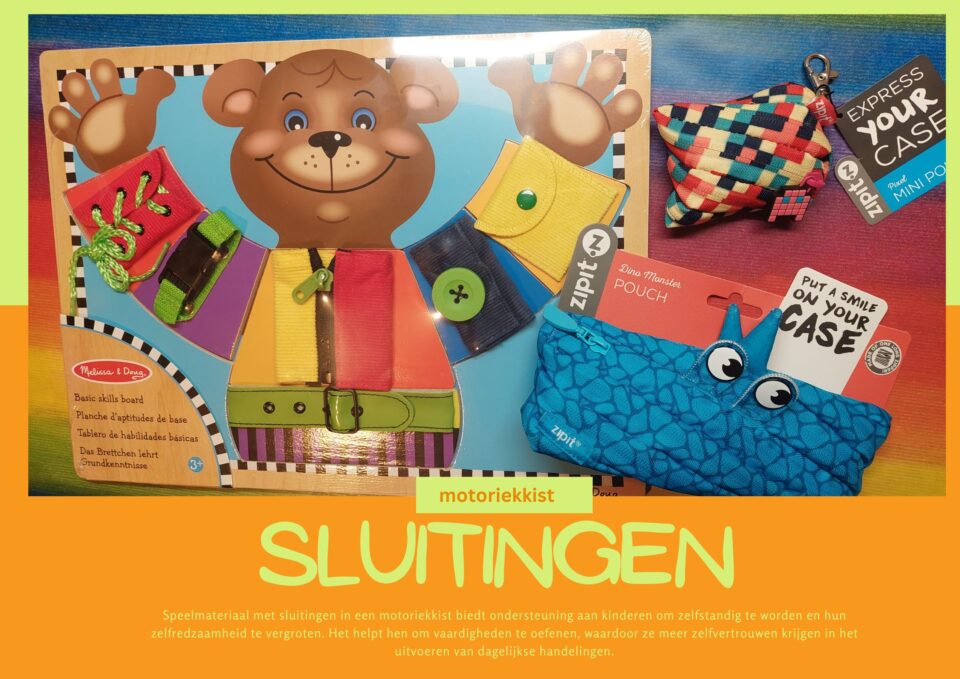
Turn
Different materials teach your child to use their hands and fingers in all directions, while also training their hand-eye coordination. The rotational movement of the wrist is important for crafting, drawing and later writing and cutting activities. By offering screw and turning play materials, children develop these skills in a playful way.
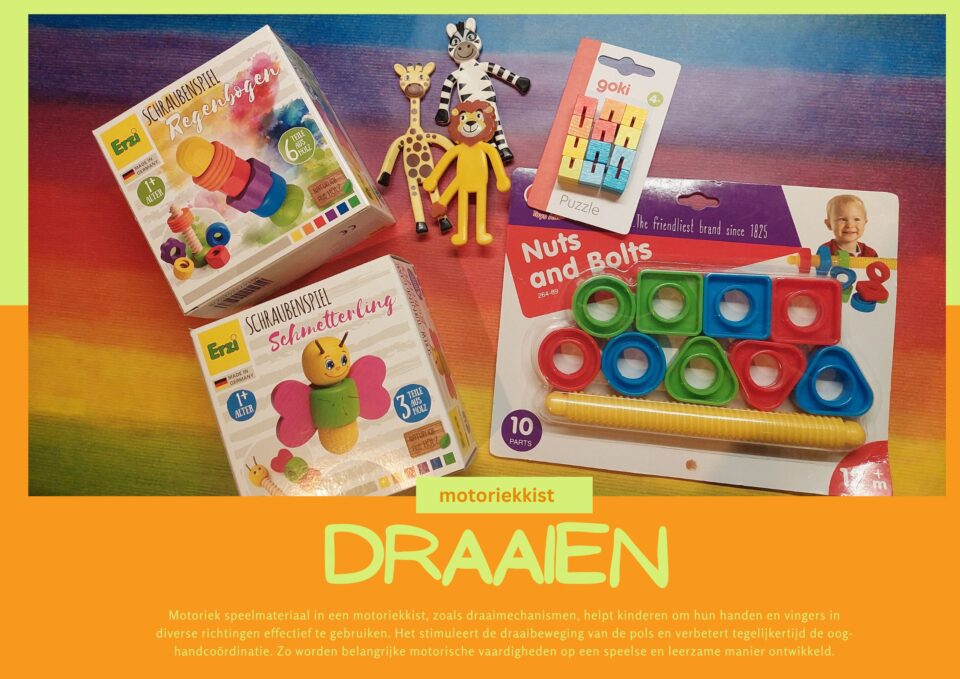
Creatively
Craft materials in a motor skills box open up a world of creative development and fun for children. With high-quality and easy-to-use products, they can become little artists, creating new designs or copying existing ones. The possibilities are endless and each craft project stimulates the child's imagination, fine motor skills and hand-eye coordination. Playing with Wikki Stix or Playfoam also strengthens the hands. This makes other fine motor exercises easier. It is a great way to stimulate their creativity and at the same time have fun creating unique works of art.
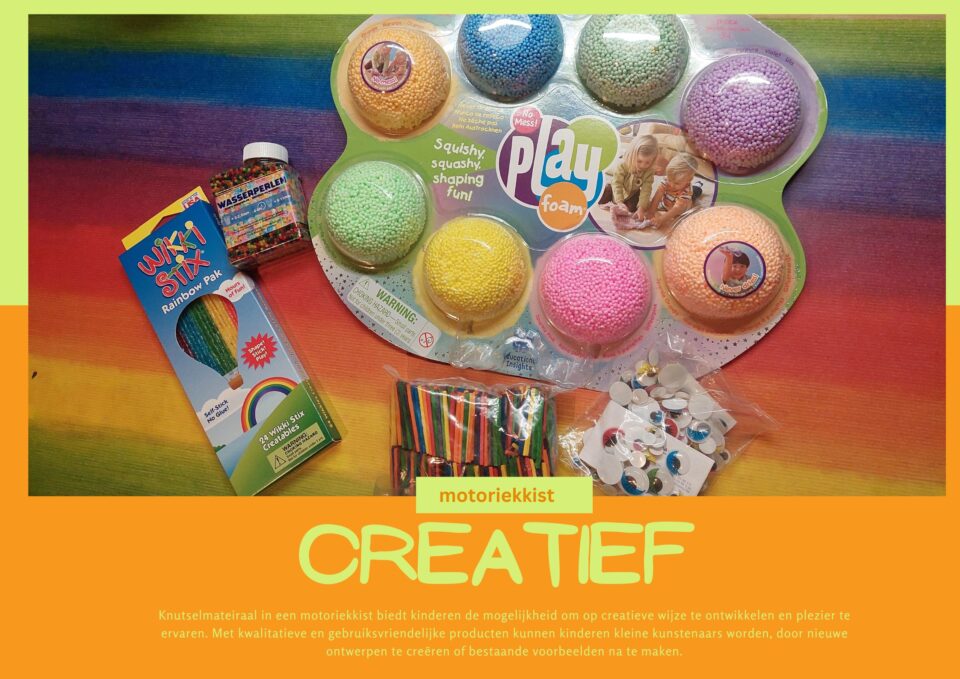
Puzzling
Why not add another puzzle to the motor skills box? Puzzling is not only good for developing spatial awareness, but also for precise hand control. Don't just think of jigsaw puzzles, because there are so many different types of puzzles that offer different challenges. By manipulating small puzzle pieces, children can discover, explore and experience the pieces sensorially. This not only stimulates fine motor skills, but also introduces them to different materials. Don't forget to offer the puzzle pieces as open-ended material and be surprised by what children do with them.
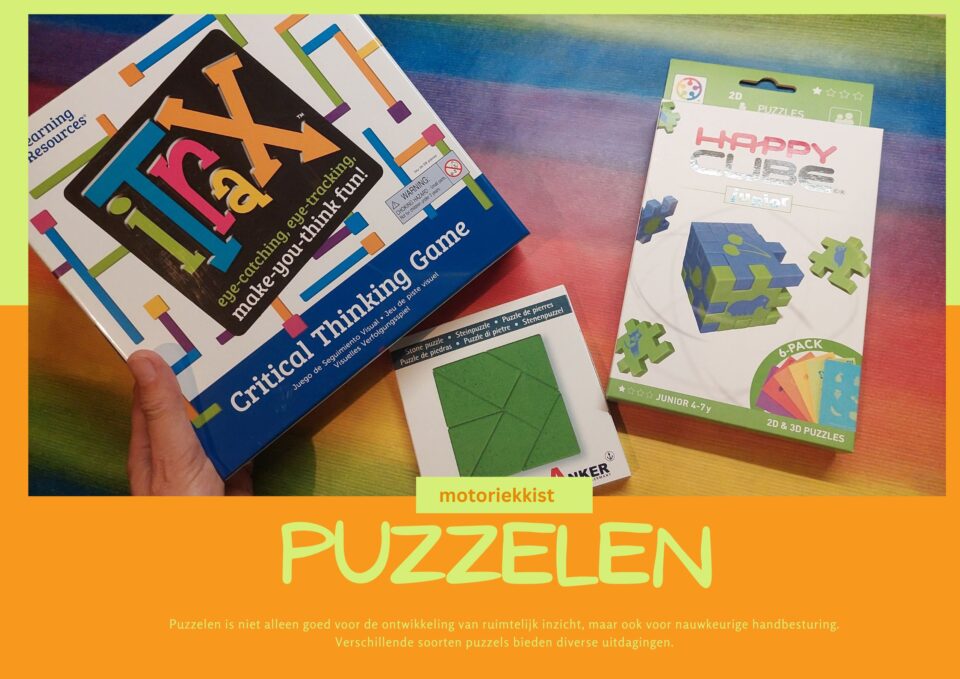
Finger motor skills
Finger motor toys can be used with one hand, allowing children to develop their preferred hand or practice their non-preferred hand. By practicing the pincer grip in a playful way, children prepare for writing, for example. Make sure that one-handed toys are in the motor skills box, it is a fun and effective way to specifically improve the fine motor skills of the fingers and lay the foundation for writing skills.
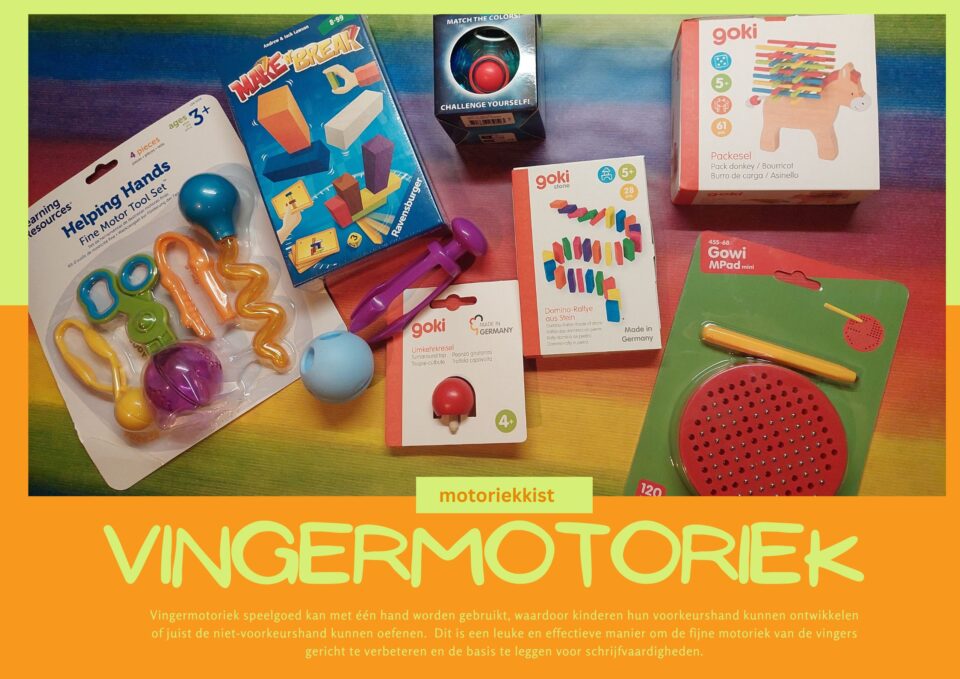
Tilt
Tilting with larger materials is a two-handed activity that often encourages upper body mobility as well. Small tilting materials focus on hand and wrist movement. Adding tilting materials to the motor skills box goes beyond fine motor skills. Involving the body helps children use both hands and upper body well in all directions.
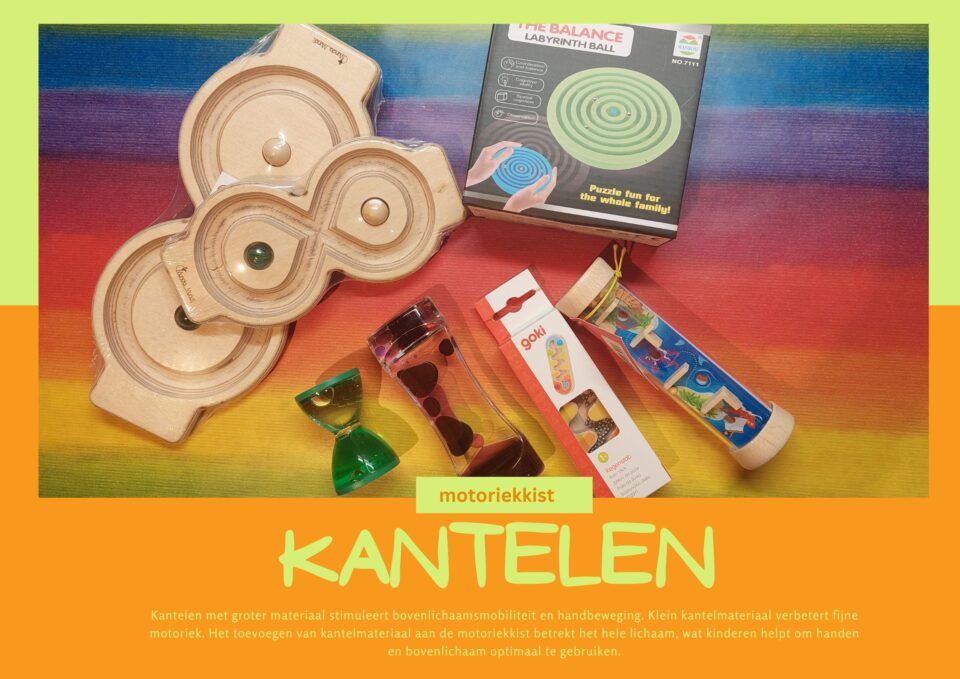
Stiches
Stitches and construction toys are fun and effective ways to stimulate cooperation between both hands. Provide a gradual build-up of materials, offering increasingly smaller and finer parts. This requires force regulation and coordination. Building examples or constructions promotes insight and action planning. This playfully practices fine motor skills and eye-hand coordination.
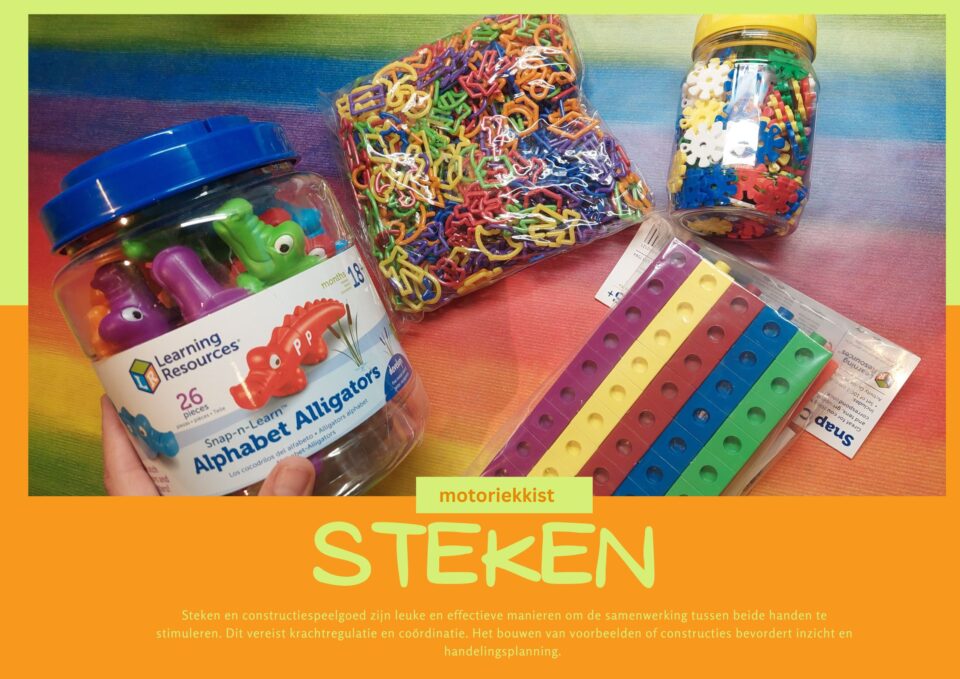
Push and pull
Pushing and pulling are often subtle movements that set something in motion or create something beautiful. Estimating and regulating force are skills that are practiced here. Magnets must always be pulled apart again after they have come together naturally. Depending on the strength of the magnet, the pulling can be hard or soft. Taking magnets apart always requires the use of both hands. Children practice manual dexterity and hand-eye coordination in this way.
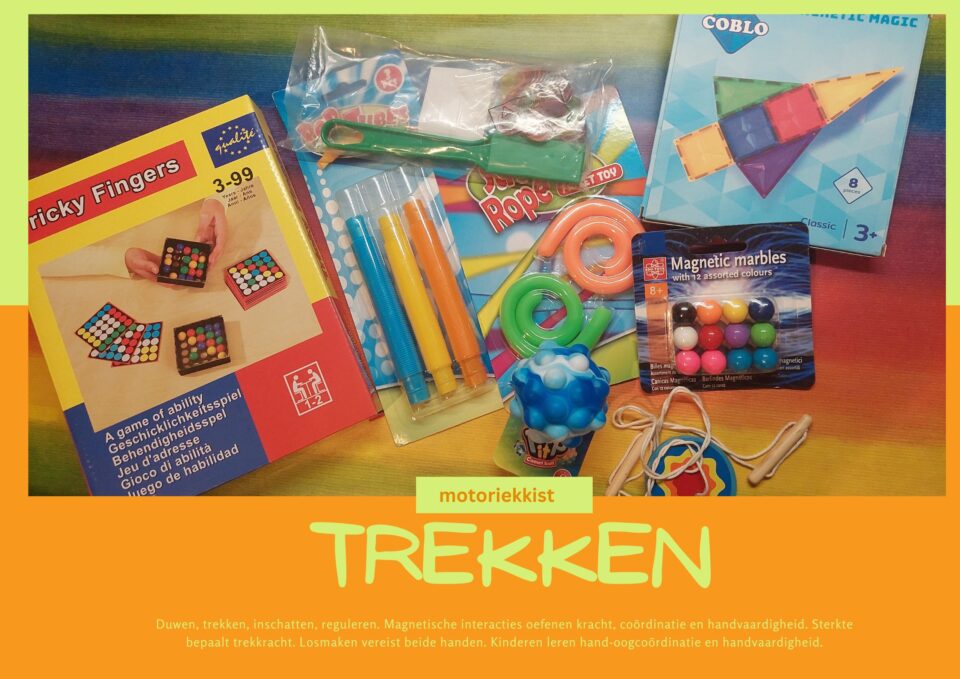
Conclusion
Creating a custom motor skills box for fine motor skills in the classroom offers several advantages. It fits in perfectly with the existing materials in the classroom and offers versatile activities so that no aspect of fine motor skills is missed. From threading and fastening to twisting, creative crafting, puzzles and finger motor skills, each category contributes to the development of important skills such as hand cooperation, fine motor skills, hand-eye coordination and self-reliance. A custom motor skills box not only offers educational benefits, but also fun and creativity, allowing children to develop and enjoy their motor adventures in the classroom.




























































Leave a comment